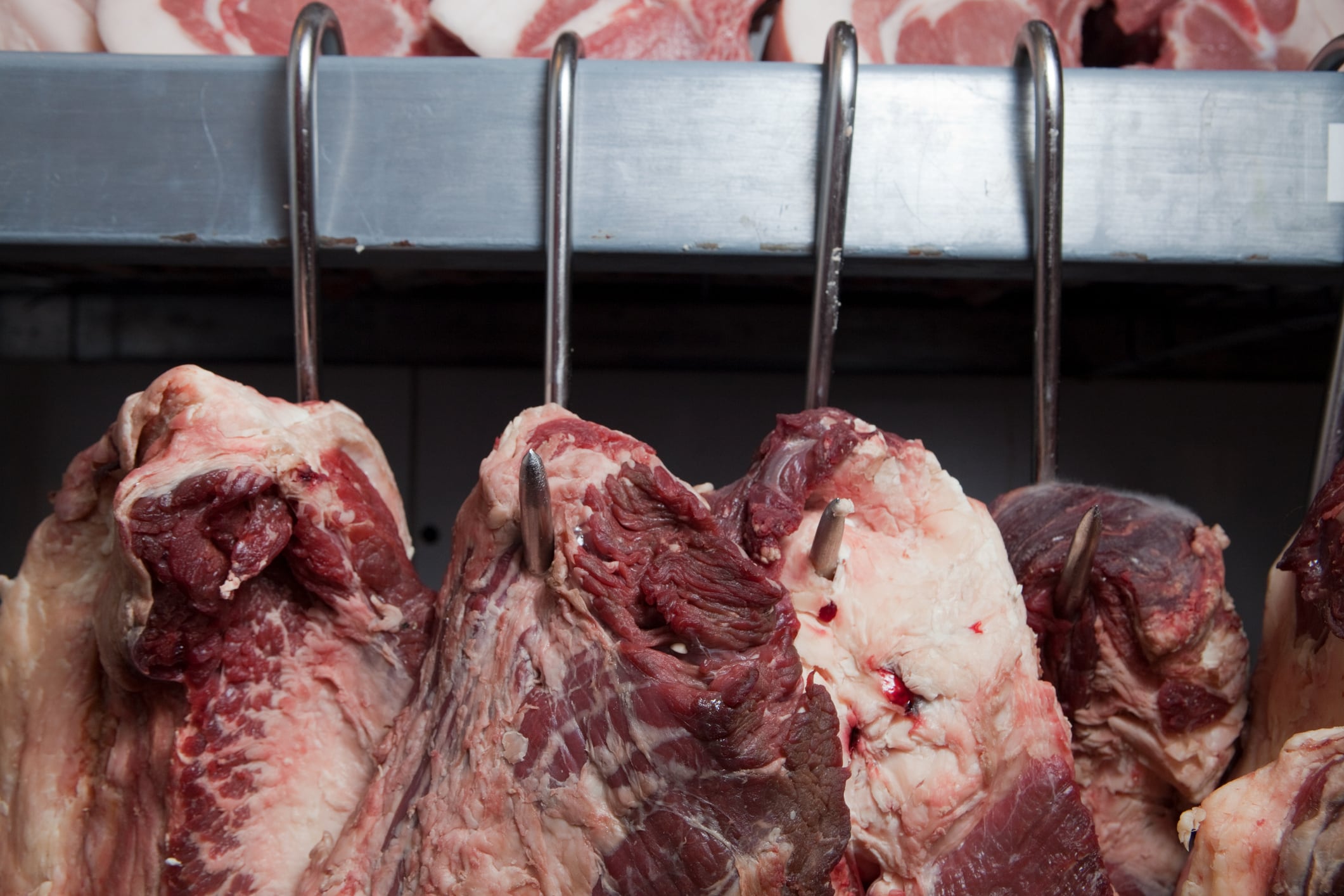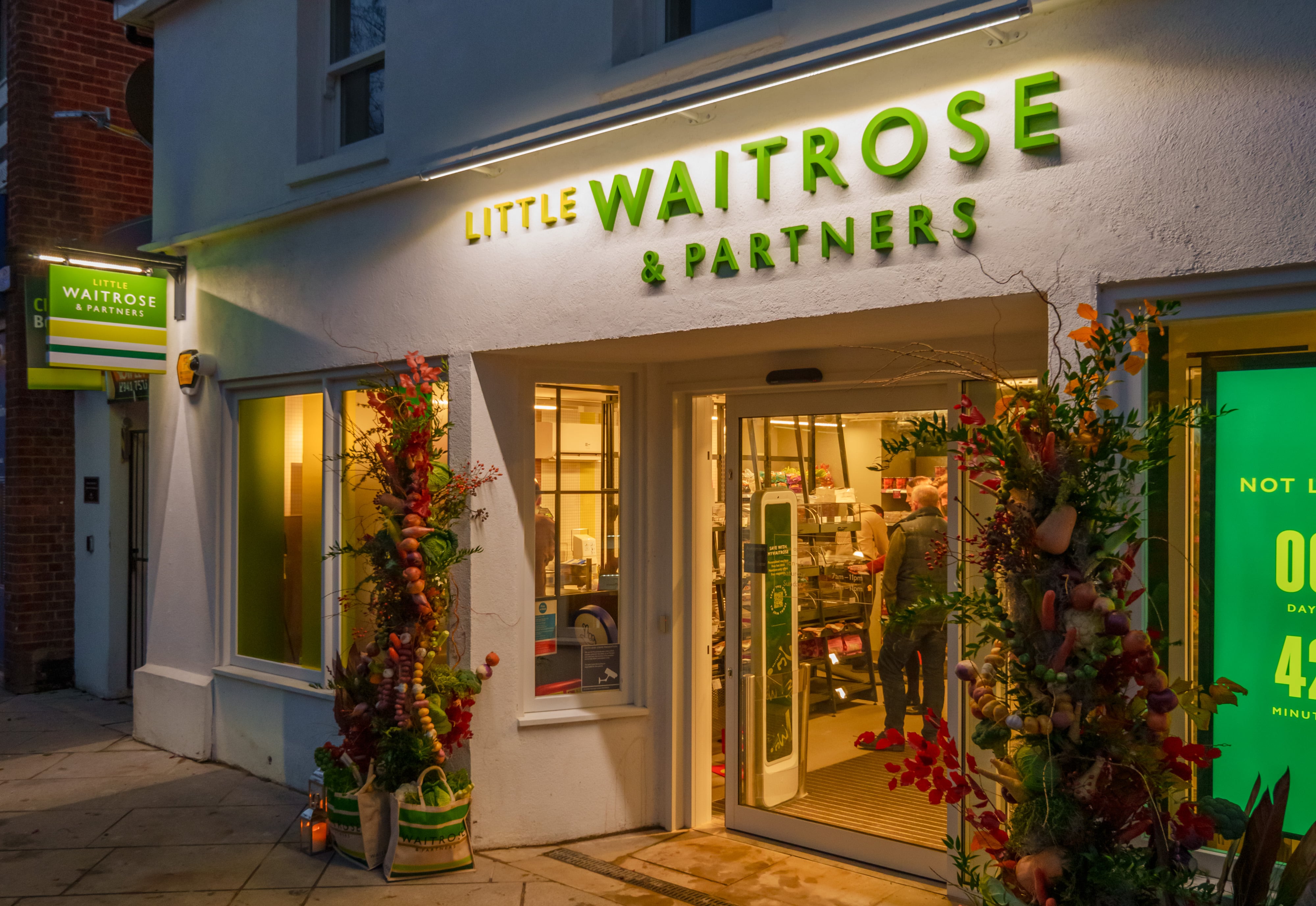The idea of a secret family recipe handed down the generations may seem a long way from the modern-day manufacture of food and drink. However, being able to keep something a secret from your competitors can actually be a way in which to maintain a USP and distinguish your product from competitors.
Intellectual property in food and drink businesses
The role of intellectual property rights for food and drink businesses is well recognised.
Trade marks for branding/logos – building brand recognition and awareness with consumers and generating goodwill for the brand itself. The significance of brand recognition and its impact on consumers is well explored and has resulted in some high-profile litigation in recent years.
Designs to protect appearance and/or packaging – this can protect a new food product or its packaging – Cadbury UK Limited as registered design protection in relation to the shape and many chocolate bars and for their wrappers.
Patents – these protect inventions and can relate to a method of production / preparation, food packaging, preparation equipment and even new food items.
Copyright – whilst long lasting is, arguably, of little if any benefit. For example, the end product followed by following a recipe would not be an infringement of the recipe itself).
Yet, the actual taste / flavour of the product does not necessarily benefit any of the above but may be the very aspect which is synonymous with the business’s food product (and even if it could be protected by one of the above patents, designs and copyright have a fixed period of protection). It is in respect of flavour profiles when trade secrets can be of real benefit to food and drink businesses.
Trade secrets
The concept of trade secrets is not alien to the food and drink sector – KFC’s mix of herbs and spices (known to only two employees); Coca-Cola recipe (known to a handful of employees and written on a piece of paper stored in a vault a HQ); Lea & Perrins Worcestershire sauce (the precise mix is only known by a handful of senior team members); Chartreuse, the herbal liqueur (only two monks are entrusted with the secret recipe); Irn-Bru (only three people know this recipe and the location of where it is stored is also secret); and Oreo Cookies (the recipe for which is stored in the ‘Oreo Vault’ near the Svalbard Global Seed Vault).
Whilst it would be easy for organisations to simply say their recipe is a secret it does require more than that and therefore businesses need to have this at the forefront at the point of first creation.
What is a trade secret?
The examples given above of well-known trade secrets within the food and drink sector are obviously recipes. However, trade secrets can include many sorts of information (provided the three points above are satisfied), including marketing information, business plans, formulae, test results, competitor or market analysis, an algorithm, compilation of information, commercial methods, techniques or processes.
A trade secret is any information within a business which:
- must be kept secret;
- has commercial value as long as it remains a secret; and
- the business must take reasonable measures to keep it secret.
As to the ‘reasonable steps’ taken by a business to keep the information secret, this can include:
- implementing protective measures over the storage of confidential information;
- put in place protective measures over the storage of confidential information;
- limit the number of individuals within the business who have access to the trade secret; and
- ensure that there is no inadvertent disclosure of trade secrets in a commercial transaction, even if there is an NDA in place.
As with any intellectual property, trade secrets can be exploited for example by way of licence and royalties, sale as an asset, licence to use / develop. However, in doing do steps to preserve the confidentiality of the trade secret itself must be taken at all stages.
Benefits of trade secrets
As alluded to above, trade secrets may give a business a competitive advantage by protecting the receipt, formulation, technique or production process which gives a distinct flavour or texture to the products. This can preserve a USP which consumers seek out.
What is contained within the trade secret is flexible to you commercial interests. They are cost efficient as a method of protection – attracting no application or registration fees – and have an infinite lifespan (Coca-Cola’s recipe is said to date back to 1886).
Drawbacks of trade secrets
As an unregistered right there is no protection against a competitor reverse engineering the product nor if they legitimately produce the same product.
Food labelling regulations in the UK also present a potential problem. The requirement to provide a list of ingredients in order of weight means that a specific ingredient may still be required to be disclosed even if it is the ‘secret’ in the secret recipe.
The range of information that can be protected as a trade secret is wide and therefore it is worth any businesses carrying out an audit with the help of professionals to assess its ‘trade secrets’, how many, the financial value, the measures they have in place to protect the trade secrets and whether there are any other intellectual property rights might be appropriate to have in place.




